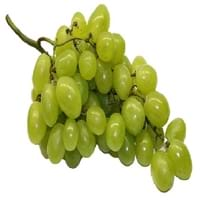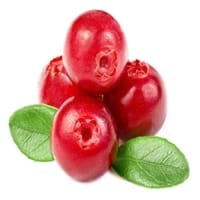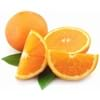Health Benefits
Cancer prevention, Kidney stone treatment, Prevents constipation, Treatment of alzheimer's disease
Cancer prevention, Heart care, Kidney stone treatment, Scurvy treatment, Ulcer prevention
General Benefits
Digestive aid, Improves eye vision, Maintains healthy cholesterol level, Treatment of migraine
Anti-inflammatory properties, Boosts immune system, Digestive aid, Fights against infections, Strengthens bones
Skin Benefits
Anti-aging benefits, Heals sunburn, Skin rejuvenation, Treatment of dark spots
Anti-aging benefits, Reduces wrinkles, Skin rejuvenation, Treatment of acne
Hair Benefits
Prevents hair loss, Regulates hair growth, Treatment of dandruff
Promotes longer and healthier hair, Protects hair, Treatment of dandruff
Allergy Symptoms
Anaphylaxis, Asthma, Breathing difficulty, Coughing, Drop in blood pressure, Hives, Skin rash, Stuffy nose, Swelling of mouth, tongue or lips, Wheezing
Anaphylaxis, Breathing difficulty, Itching, Skin rash, Swelling of mouth, tongue or lips
Side Effects
Allergic reaction, Skin rash, Might slow down the process of blood clotting
Allergic reaction, Diarrhoea, Nausea, Stomach pain, Vomiting
Best Time to Eat
As a snack in the late afternoon, Don't consume at night and before bed, Eat the fresh ones, avoid mixing with any other foods, don't eat after meal., Morning time (before lunch)
Any time except an hour after meal, Don't consume at night and before bed
Vitamin B5 (Pantothenic Acid)
Vitamin C (Ascorbic Acid)
Vitamin K (Phyllochinone)
Phytosterol
Not Available
Calories in Fresh Fruit with Peel
Calories in Fresh Fruit without Peel
Not Available
Not Available
Season
Autumn, Summer
Autumn
Varieties
Cabernet Sauvignon, Merlot, Pinot Noir, Syrah/Shiraz and Zinfandel
Early Black, Howes, Ben Lear and Stevens
Inside Color
Light Green
White
Taste
Sweet-Sour
Bitter, Tart
Origin
Western Asia, Central Europe
North America
Soil Type
Clay loam, Sandy loam
Clay, Sandy, Well-drained
Climatic Conditions
Warm
Warm
Facts about
- If left alone, a grapevine can spread 50 feet and even more.
- There are more than 8,000 varieties of grape worldwide.
- They are available in 7 different colors: red, green, white, black, purple, blue and golden.
- Europeans thought the cranberry blossom looked like the head of a sandhill crane, hence the name Cranberry.
- They are also known as bounce berries as they bounce when they ripe.
- Cranberries do not grow in water.
Top Producer
Spain
United States of America
Other Countries
Argentina, Armenia, Australia, Chile, France, Iran, Italy, Portugal, Romania, Turkey, United States of America
Azerbaijan, Belarus, Bulgaria, Canada, Latvia, Macedonia, NA, Romania, Tunisia, Ukraine
Top Importer
United States of America
Europe
Top Exporter
Chile
United States of America
Botanical Name
Vitis vinifera
Vaccinium Macrocarpon
Synonym
Not Available
Oxycoccus macrocarpus
Subkingdom
Tracheobionta
Tracheobionta
Division
Magnoliophyta
Magnoliophyta
Class
Magnoliopsida
Magnoliopsida
Subclass
Rosidae
Dillenhidae
Family
Vitaceae
Ericaceae
Species
Vitis vinifera
Vaccinium macrocarpon
Generic Group
Grape
Heath
Difference Between Grape and Cranberry
We might think that Grape and Cranberry are similar with respect to nutritional value and health benefits. But the nutrient content of both fruits is different. Grape and Cranberry Facts such as their taste, shape, color, and size are also distinct. The difference between Grape and Cranberry is explained here.
The amount of calories in 100 gm of fresh Grape and Cranberry with peel is 69.00 kcal and 46.00 kcal and the amount of calories without peel is Not Available and Not Available respectively. Thus, Grape and Cranberry belong to Low Calorie Fruits and Low Calorie Fruits category.These fruits might or might not differ with respect to their scientific classification. The order of Grape and Cranberry is Vitales and Ericales respectively. Grape belongs to Vitaceae family and Cranberry belongs to Ericaceae family. Grape belongs to Vitis genus of Vitis vinifera species and Cranberry belongs to Vaccinium genus of Vaccinium macrocarpon species. Beings plants, both fruits belong to Plantae Kingdom.









